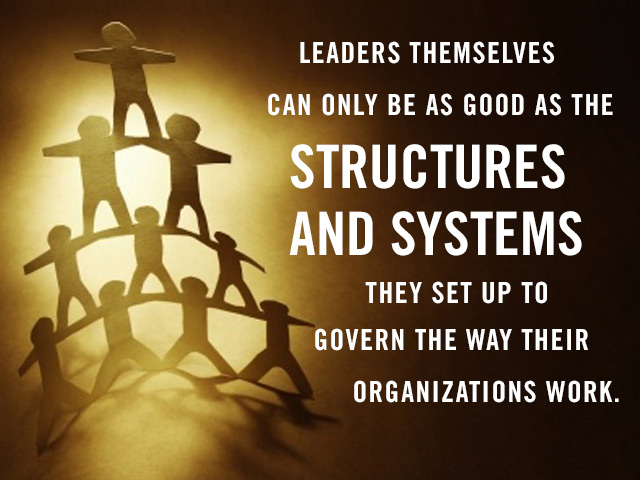Supervisors are the people directly responsible for coordinating how work gets done, how a company’s goals and strategies are achieved through daily actions, and how routine improvements are accomplished. For most employees, their supervisor is the primary representative of their company – he or she is the most immediate human manifestation of their employer. Consequently, Are they being supported and » Read More

A couple of weeks ago, I came across an interesting idea. It’s a simple tactic that can be particularly helpful in newly launched idea programs, or programs that are struggling to get support from supervisors and managers. The tactic comes from Mary Jo Caldwell, the director of the continuous improvement (CI) effort for the State of Minnesota. The state’s CI program is relatively new, and vastly underfunded » Read More

Several weeks ago I had the opportunity to spend some time with Mark Dolsen, the president of TRQSS. TRQSS is a Windsor, Ontario-based tier one supplier to Toyota and other car makers. The company is a division of Tokia Rika out of Japan, and makes seat-belt assemblies and various automobile switches. Over the past few years, Mark has led an ambitious program to consolidate work being done in several separate » Read More

There is no one best way to start up a high performance idea system, but when comparing those that thrive with those that struggle an important distinction emerges. The initiatives that flourish and grow are in organizations that approached the process with an eye toward learning. There is a lot to know about how to manage ideas, much of which runs counter to the way most of us have learned to manage. The story of » Read More

About fifteen years ago, I helped a medium sized residential homebuilder with development training for his management team. It was still relatively early in the lean movement era, and we met for two hours every Wednesday afternoon to discuss how lean philosophy and standard lean tools might apply to the company. The first topic in one of the early sessions was the importance of documenting work processes in order to » Read More

